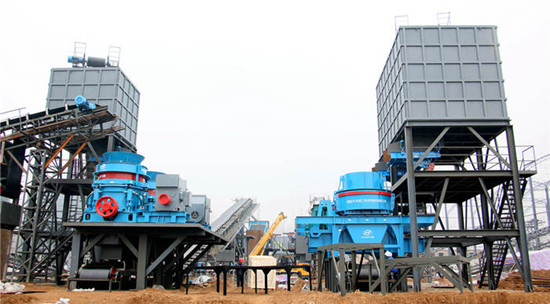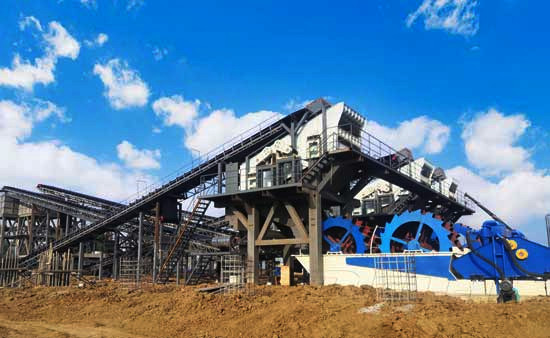Professional Knowledge of Sand Production Process
author:dahua2 time:2022-06-17
1. Advantages of dry sand production technology
Answer: 1) The water content of the manufactured sand is low, generally less than 2%, and the commercial mixed and dry mixed mortar can be used directly;
2) The content of stone powder in the finished sand can be adjusted, and centralized recovery can be used comprehensively to reduce dust emissions;
3) The production process uses less water, saves water resources and reduces capital investment, making it more environmentally friendly;
4) It is not affected by the environment and water sources, and artificial sand production can also be carried out in areas where water resources are scarce.

2. Basis of sand making process
Answer: The basis for selecting dry, wet and semi-dry artificial sand production technology:
1) It depends on the location of the sand production line, the nature and cleanliness of the raw materials, the water resources, and the specific requirements for the content and fineness modulus of the machine sand. If production conditions permit, dry production is preferred, then semi-dry production, and finally wet production.
2) In terms of the size of the floor space, equipment investment, processing cost and difficulty of production management, the dry method is also considered first, then the semi-dry method, and finally the wet method is selected.
3. The main method of stone powder separation
A: From the perspective of the development of process equipment, the current methods mainly include high-frequency sieve mechanical screening method, water washing hydraulic classification method and powder separation dust removal wind classification method.
4. What are the characteristics and differences between "stone hitting stone" and "stone hitting iron"
Answer: "Stone on stone" is suitable for basalt and other materials with high abrasiveness above medium hardness. Under this working condition, the finished product has better grain shape and slightly more powder content, which is suitable for sand and gravel shaping. "Stone to iron" is suitable for limestone and other materials with low abrasiveness below medium hardness. "Under this working condition, the stone crushing efficiency is high, the grain shape of the finished product is a little worse, and the wear cost of the surrounding guard plate is high. It is suitable for fine crushing and sand making.
Previous Article:No Information
Next Article: Equipment Configuration of Machine-made Sand Production Line







